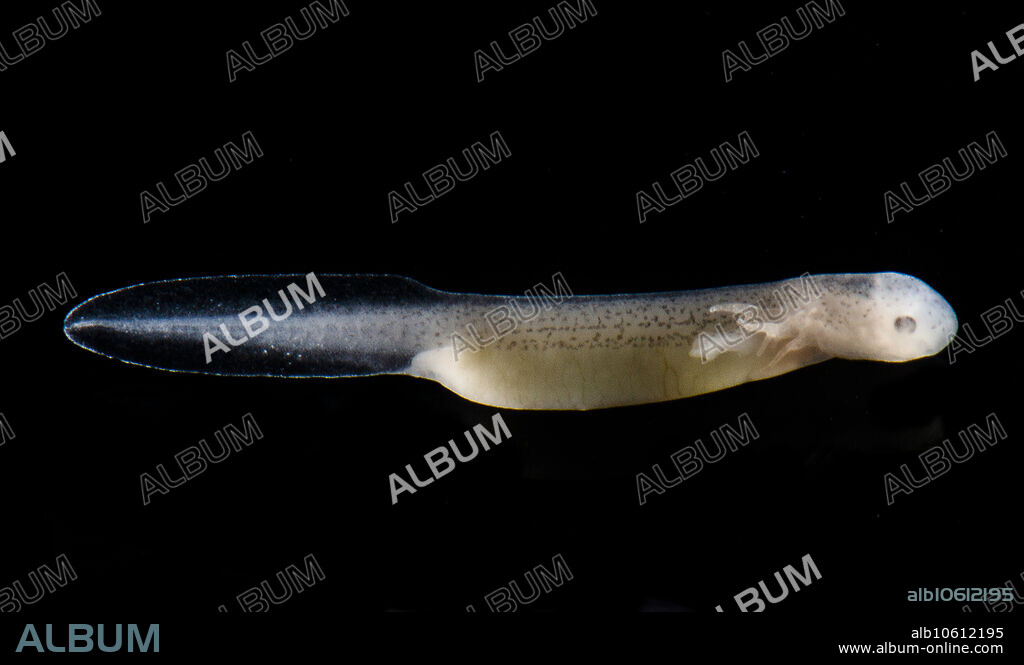alb10612195
Georgia Blind Salamander (Eurycea wallacei)

|
Zu einem anderen Lightbox hinzufügen |
|
Zu einem anderen Lightbox hinzufügen |



Haben Sie bereits ein Konto? Anmelden
Sie haben kein Konto? Registrieren
Dieses Bild kaufen.
Nutzung auswählen:

Titel:
Georgia Blind Salamander (Eurycea wallacei)
Untertitel:
Siehe automatische Übersetzung
The Georgia Blind Salamander (Eurycea wallacei), is an obligate inhabitant of groundwater. This species only lives in the Floridan Aquifer and is known from sites in both Florida and Georgia. Excessive removal of groundwater and contamination of the resource threatens this species with intensive agricultural activities taking place on the surface above the Floridan Aquifer. The IUCN lists the species as vulnerable, Florida lists the species as a 'species of special concern' and Georgia lists the species as 'threatened.' The suite of characters associated with life below ground are readily observable in this species with a decrease in pigment, no eyes, a flattened and spade shaped head, and neoteny (reproductive capability in a larval body form). The San Antonio Zoo s Center for Conservation & Research was the first in the world to breed this species is captivity in 2019. These images depict the captive breeding event. This individual is one week old.
Bildnachweis:
Album / Science Source / Dante Fenolio
Freigaben (Releases):
Model: Nein - Eigentum: Nein
Rechtefragen?
Rechtefragen?
Bildgröße:
1758 x 1050 px | 5.3 MB
Druckgröße:
14.9 x 8.9 cm | 5.9 x 3.5 in (300 dpi)
Schlüsselwörter:
ANTONIO • FAUNA • HOEHLE • HÖHLE • SALAMANDER • SCHLAMMWUEHLE • SCHLAMMWUHLE • SCHLAMMWÜHLE • TIERPARK • ZOO • ZOOLOGISCHER GARTEN • ZOOS
 Pinterest
Pinterest Twitter
Twitter Facebook
Facebook Link kopieren
Link kopieren Email
Email
